1. Whirlpool Jacuzzi Tubs
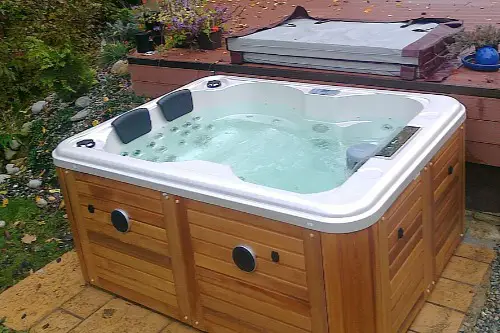
That oversized bathroom jacuzzi might have been a status symbol in the ‘90s, but now it just looks like a water-guzzler. Younger buyers worry about the maintenance, energy use, and cleaning demands. They often prefer sleek walk-in showers with rainfall heads or spa-like tiling. To them, a tub that hogs the room feels unnecessary.
Add in the rising awareness of water conservation, and big tubs seem out of touch. They also take forever to fill and rarely get used, which makes them more of a dust collector than a luxury. Many buyers see replacing them as an extra cost, not a bonus. So while older sellers highlight them, younger buyers quietly cringe.
2. Wall-to-Wall Carpeting Everywhere
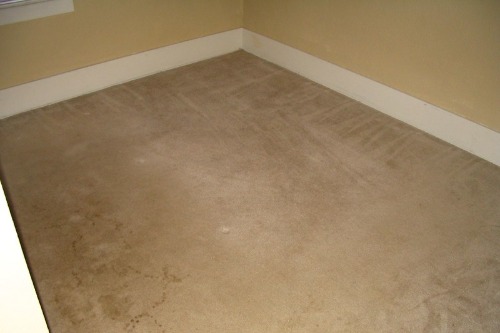
For younger buyers, carpet feels like a relic of the past, especially when it covers entire floors. They often worry about trapped dust, allergens, and the difficulty of keeping it clean. Hardwood or vinyl plank flooring is seen as more durable, stylish, and easier to maintain. Walking into a carpet-heavy home can feel like stepping back in time.
What older generations saw as cozy and warm, millennials and Gen Z tend to see as a maintenance headache. Stains, odors, and wear are hard to hide, which makes them think about future cleaning bills. Modern buyers lean toward low-maintenance materials they can vacuum quickly or mop. That preference makes homes with carpeted kitchens or bathrooms especially unappealing.
3. Formal Dining Rooms
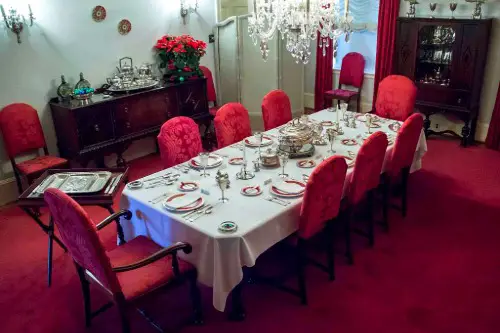
The traditional dining room has lost its shine for younger buyers who often prefer open layouts. With busy lifestyles, they want flexible spaces that can double as workstations, play areas, or casual hangouts. A dedicated dining room feels like wasted square footage if it sits empty 350 days a year. For them, it represents formality that doesn’t match modern living.
Instead, younger homeowners gravitate toward eat-in kitchens or combined living-dining areas. It lets everyone gather casually without the separation of a walled-off room. When they see a house with a rigidly formal setup, they picture expensive renovations. That vision alone can push them toward a different listing with a more open flow.
4. Popcorn Ceilings
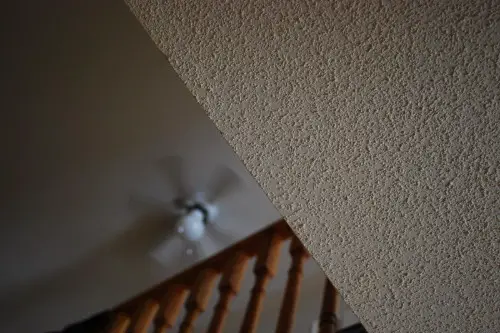
Textured ceilings were once popular because they hid imperfections, but now they’re viewed as dated. Younger buyers know they’re a pain to clean, and worse, some may contain asbestos if installed before the 1980s. Even if safe, removing them is time-consuming and costly. The result? A ceiling style that immediately lowers appeal.
Most people under 40 grew up in homes where popcorn ceilings were already falling out of favor. They’ve been conditioned to see smooth ceilings as the clean, modern alternative. So when they step into a house with bumpy ceilings, their brain automatically adds “future reno project.” That mental cost can overshadow the rest of the home’s strengths.
5. Overly Ornate Kitchens
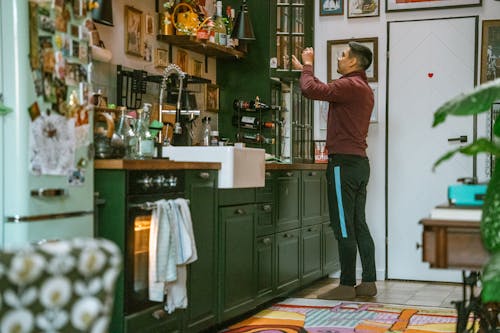
Younger buyers often want a kitchen that feels light, open, and minimal. But many suburban homes still showcase dark wood cabinets, heavy crown moldings, and ornate backsplashes. Instead of luxury, it reads as busy and hard to update. Kitchens like this can feel more intimidating than inspiring.
In a culture obsessed with clean lines and Instagram-worthy design, a fussy kitchen doesn’t translate well. The cost to rip out custom cabinets or stonework can be enormous. Buyers know this and often move on rather than inherit someone else’s expensive style. They’d rather start fresh with something simple and timeless.
6. Too Many Small, Closed-Off Rooms
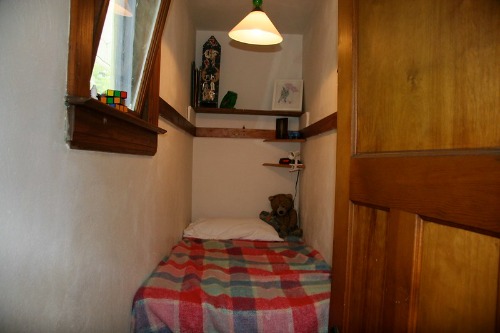
Modern buyers value open-concept living, where the kitchen flows into the living and dining areas. Walking into a home filled with chopped-up, small rooms can feel claustrophobic. Younger generations often imagine knocking down walls, but that’s not always practical or affordable. That mental hurdle can sour the entire house tour.
Homes built in the mid-20th century leaned heavily into segmented layouts for privacy. But with today’s flexible lifestyles, people want spaces that can adapt for entertaining, working from home, or raising kids. Closed-off layouts limit those possibilities. So, even if the square footage is generous, the house feels smaller and less inviting.
7. Heavy Window Treatments
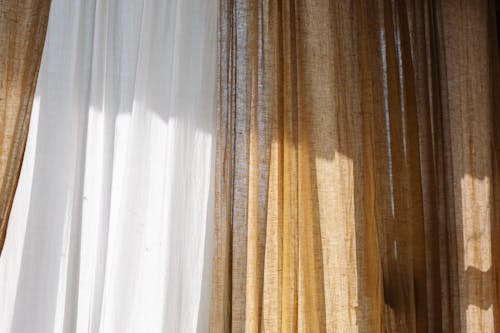
Drapes, valances, and layered curtains were once a sign of elegance. But to younger buyers, they block light and make a room feel older than it is. Natural light is a top priority for this group, and they prefer streamlined blinds or bare windows with simple shades. Heavy treatments suggest more work and more money to update.
This detail may seem small, but it creates a big emotional impression. Dark, heavy fabrics make them feel like they’re walking into their grandparents’ home. Buyers are more drawn to homes where light pours in without obstruction. Window treatments that clash with that expectation instantly age the space.
8. Built-In Entertainment Centers
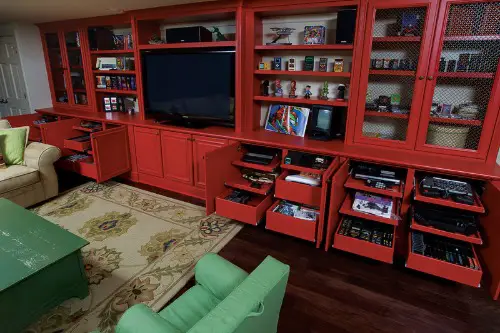
Massive wooden units designed for boxy TVs once anchored suburban living rooms. Today, they’re clunky, oversized, and completely mismatched with flat screens and streaming devices. They eat up wall space that younger buyers would rather use for art or floating shelves. Instead of a perk, they look like an obstacle.
Technology changes fast, and built-ins often don’t keep up. Buyers picture the cost of tearing them out and patching the wall. To them, the effort outweighs any storage benefit. The result is a “bonus feature” that actually scares away interest.
9. Tuscan-Style Décor
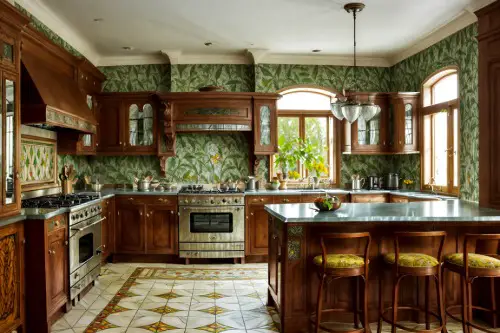
Faux columns, textured walls, and dark Mediterranean palettes had their moment in the early 2000s. Younger buyers now view them as dated and difficult to modernize. The warm tones and heavy finishes clash with their preference for neutral, airy spaces. Instead of luxury, it reads as old-fashioned.
Updating a Tuscan-style home often requires more than just a coat of paint. Cabinetry, countertops, and flooring usually all need to be replaced to align with current tastes. Buyers don’t want to take on that level of renovation right after closing. So while sellers may still love the look, it often works against them.
10. Excessive Lawn Space
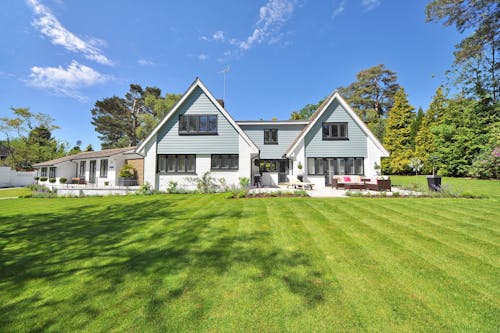
Large lawns were once prized for curb appeal and family play. But younger buyers see hours of mowing, watering, and fertilizing. Many prefer eco-friendly, low-maintenance yards with native plants, xeriscaping, or smaller plots. A massive lawn can feel like a burden, not a perk.
Add in concerns about water usage and climate change, and lawns lose even more charm. Buyers don’t want to inherit a hobby they never signed up for. Some even factor in the cost of hiring lawn care services. That extra mental math often tilts them toward smaller, greener yards.
11. Gold or Brass Fixtures

Shiny brass was everywhere in the ‘80s and ‘90s, from bathroom faucets to doorknobs. Now, it instantly dates a house. Buyers associate it with the era of mauve carpets and floral wallpaper. For younger eyes, it screams “renovation needed.”
The tricky part is that fixtures are in nearly every room, so they add up fast. Replacing them can be time-consuming and costly, even if it’s a relatively easy fix. Buyers notice immediately and mentally tack on thousands to their to-do list. That makes modern finishes like matte black or brushed nickel far more appealing.
12. Too Much Square Footage

Bigger isn’t always better anymore. Younger buyers are wary of heating, cooling, and maintaining overly large homes. They often prefer smaller, smarter layouts that maximize function without inflating costs. Walking into a 4,000-square-foot house can feel overwhelming instead of aspirational.
The shift comes from lifestyle and economics. With rising energy costs and busier lives, fewer people want to clean and furnish endless rooms. Flexibility beats sheer size in today’s housing market. So while older sellers think “more space, more value,” younger buyers quietly disagree.
This post 12 Suburban Home Choices That Quietly Scare Away Younger Buyers was first published on Greenhouse Black.
